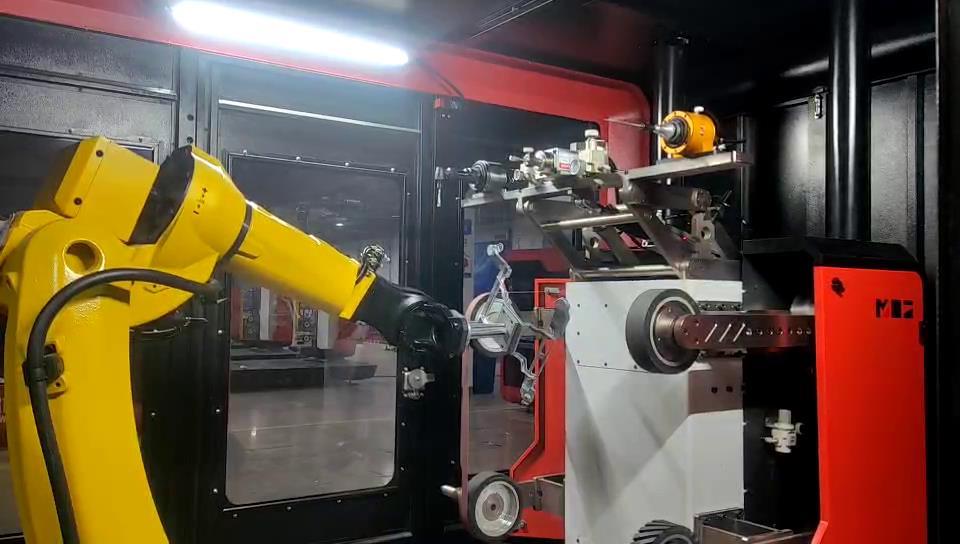Too many workpieces and too few experienced workers? Polishing and deburring robots are here to help!
Release time:
2025/02/19
In die-casting polishing scenarios, dust is everywhere, and noise is loud; these situations are common. Polishing techniques heavily rely on the experience and judgment of experienced workers. However, with the continuous expansion of processing demands, it is unable to meet production needs, and recruitment faces challenges such as young people's unwillingness to work and high labor costs.
Under the trend of intelligence, the use of die-casting polishing and deburring robots to replace traditional manual polishing has been favored by many casting enterprises. MoZhi is a company specializing in die-casting polishing and deburring robots, integrating R&D, production, and sales. The MR, MT, and MZ series robot polishing and deburring workstations developed by the company have been applied in many casting enterprises.

MoZhi die-casting polishing and deburring robots use a flexible polishing method. Through the use of flexible polishing tools and an advanced control system, the robot has higher flexibility and adaptability, capable of handling workpieces with various complex shapes.
The core of the flexible polishing method lies in the use of flexible polishing tools. These tools usually have a floating mechanism that can adapt to the shape and surface changes of the workpiece during polishing. The floating mechanism can be a closed-loop floating mechanism, an open-loop floating mechanism, an axial floating polishing tool, or a radial floating polishing tool, etc. These floating mechanisms allow the polishing head to produce a certain elastic deformation when subjected to external forces, thereby adapting to the irregular shape of the workpiece surface.
Compared with the traditional rigid polishing method, the flexible polishing method has higher flexibility and adaptability. It can not only handle workpieces with complex shapes but also reduce the vibration and impact force generated during polishing, protecting the workpiece surface from damage. In addition, the flexible polishing method can improve polishing efficiency and quality, reduce polishing costs, and increase the service life of the robot.
Latest News














